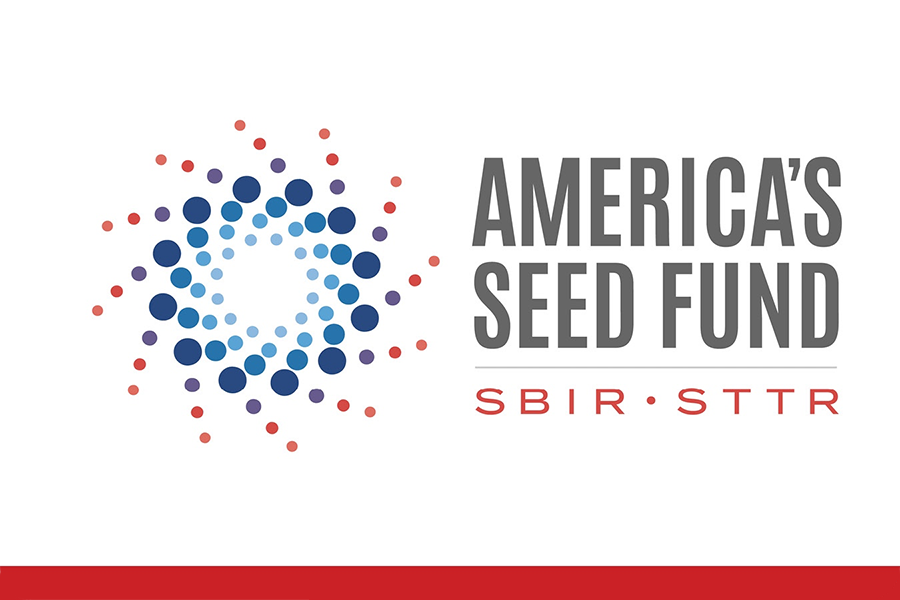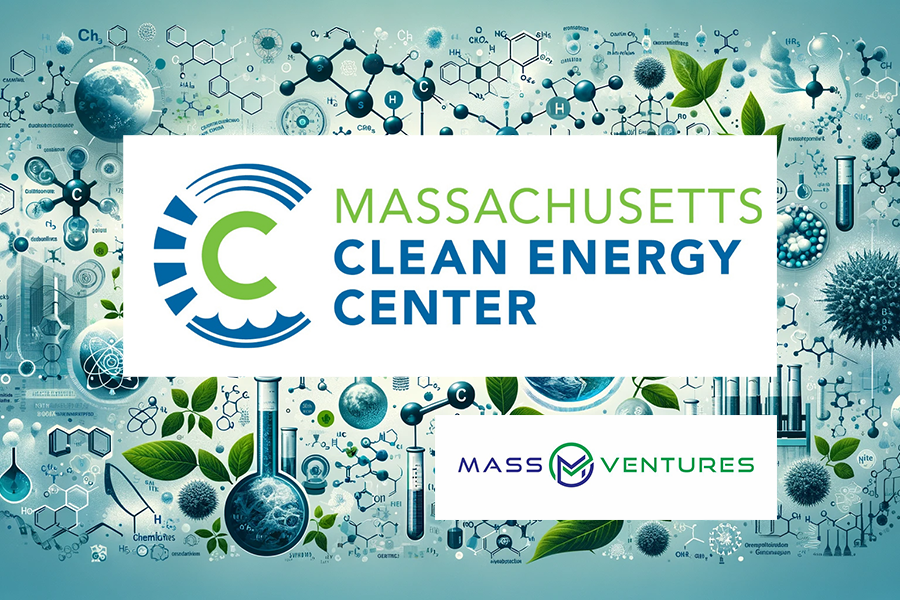In a significant step towards sustainable innovation, Loop CO2, a pioneering company at the forefront of carbon dioxide utilization technology, has been awarded a $1.6 million grant from the Department of Energy (DOE) through the Small Business Technology Transfer (STTR) Phase II program. This award marks a pivotal moment for Loop CO2, as it enables the company to scale their laboratory efforts to a 10L scale, a crucial milestone towards commercializing their groundbreaking technology. Revolutionizing CO2 into Valuable Products Loop CO2 focuses on transforming CO2 into thermoplastic elastomers, materials with broad applications across multiple industries. This innovative approach not only helps consume the captured CO2 from the atmosphere but also turns a problematic greenhouse gas into valuable products. These thermoplastic elastomers can be utilized in creating cosmetic oils, adhesives, 3D printing filaments, synthetic rubber, and more, showcasing the versatile potential of Loop CO2’s technology. From Lab to Industrial Scale: A Leap Towards Sustainability The DOE’s STTR Phase II grant will assist Loop CO2 in scaling up their laboratory work to a 10L scale, a significant step that bridges the gap between research and industrial application. This scale-up is essential for validating the technology’s efficiency and feasibility in larger production scenarios. Moreover, it provides invaluable data and insights that will inform the development of future pilot plant production and licensing strategies, ensuring the technology’s smooth transition to market. Paving the Way for CO2 Utilization Loop CO2’s technology represents a paradigm shift in how we view and utilize carbon dioxide. By converting CO2 into a resource for producing thermoplastic elastomers, Loop CO2 is not only contributing to the fight against climate change but also opening up new avenues for sustainable materials. This approach has the potential to significantly impact various industries, offering a greener alternative to traditional materials and processes. Looking Forward With the support of the Department of Energy, Loop CO2 is set to embark on this exciting phase of scale-up and development. The success of their technology in moving from the lab to larger scale applications could herald a new era in CO2 utilization, demonstrating that environmental sustainability and economic viability can go hand in hand. As Loop CO2 progresses with its innovative work, the potential for broad industry application and contribution to carbon neutrality becomes increasingly tangible, showcasing the transformative power of green technology.
Loop CO2 Awarded a MassCEC/MassVentures Catalyst/DICES Grant
Loop CO2, an innovative start-up at the forefront of climate technology, is excited to announce the initiation of a groundbreaking study focusing on the moldability of CO2-based thermoplastic elastomers. This pioneering research aims to explore new horizons in sustainable material science, demonstrating our commitment to combating climate change through advanced technology. In the words of Albert Einstein, ‘Look deep into nature, and then you will understand everything better.’ Loop CO2 takes this to heart, innovating for a sustainable future. What are CO2-Based Thermoplastic Elastomers? CO2-based thermoplastic elastomers represent a new class of materials that incorporate carbon dioxide into their molecular structure, offering an eco-friendly alternative to traditional plastics. These materials combine the flexibility of rubber with the recyclability of plastics, presenting a promising solution for reducing carbon footprint across various industries. The Catalyst DICE Program: Bridging the Gap to Commercial Viability At this juncture, it’s pivotal to highlight the support mechanisms that enable such innovative endeavors. The Catalyst Program, a beacon of hope for researchers and early-stage companies, offers grants of up to $75,000 to bring climate technology prototypes from the drawing board to reality. Administered jointly by the Massachusetts Clean Energy Center (MassCEC) and MassVentures, Catalyst is dedicated to stimulating the commercialization of climate technologies developed within the Commonwealth. The Challenge that Catalyst addresses is a common hurdle in the technology development lifecycle: the leap from research to commercial viability. By providing essential funding for prototyping, Catalyst plays a crucial role in transforming innovative ideas into market-ready solutions. Loop CO2: Leading with Innovation and Sustainability At Loop CO2, we are proud to align our mission with the transformative goals of programs like Catalyst and DICES. Our study on CO2-based thermoplastic elastomers is not just a step towards a more sustainable future; it’s a leap towards redefining what’s possible in material science. We believe that through collaboration, innovation, and the support of forward-thinking initiatives, we can make a significant impact on the environment and the economy. Stay tuned for updates on our progress and learn more about how we’re working towards a greener, more sustainable future.
LoopCO2 Awarded a Small Business Technology Transfer Phase I Grant
The U.S. Department of Energy has awarded LoopCO2 a Small Business Technology Transfer (STTR) grant of $250,000 to advance CO2-based polyesters toward commercialization. LoopCO2 technology was first developed with support from the NSF Center for Sustainable Polymers. The focus of LoopCO2’s research will be the development of thermoplastic elastomers that can be depolymerized back to their original monomer and reused via a recycling mechanism. A difficult task to achieve in existing polyesters! This will result in a new class of polyester materials in the form of pellets for manufacturing consumer products. The competitive advantage will be the production of monomer that can achieve negative carbon emission. Initial testing of one of the resultant polyesters indicates that it is both inherently biodegradable in wastewater and chemically recyclable. In the next year, LoopCO2 hopes to tweak the material properties to match the industrial needs and engage with mainstream product development teams. The thermoplastic elastomers could be used in cell phones for companies such as Apple, and Google. There is also potential for the elastomers to make their way into CO2-based 3D printing materials for companies like HP.



